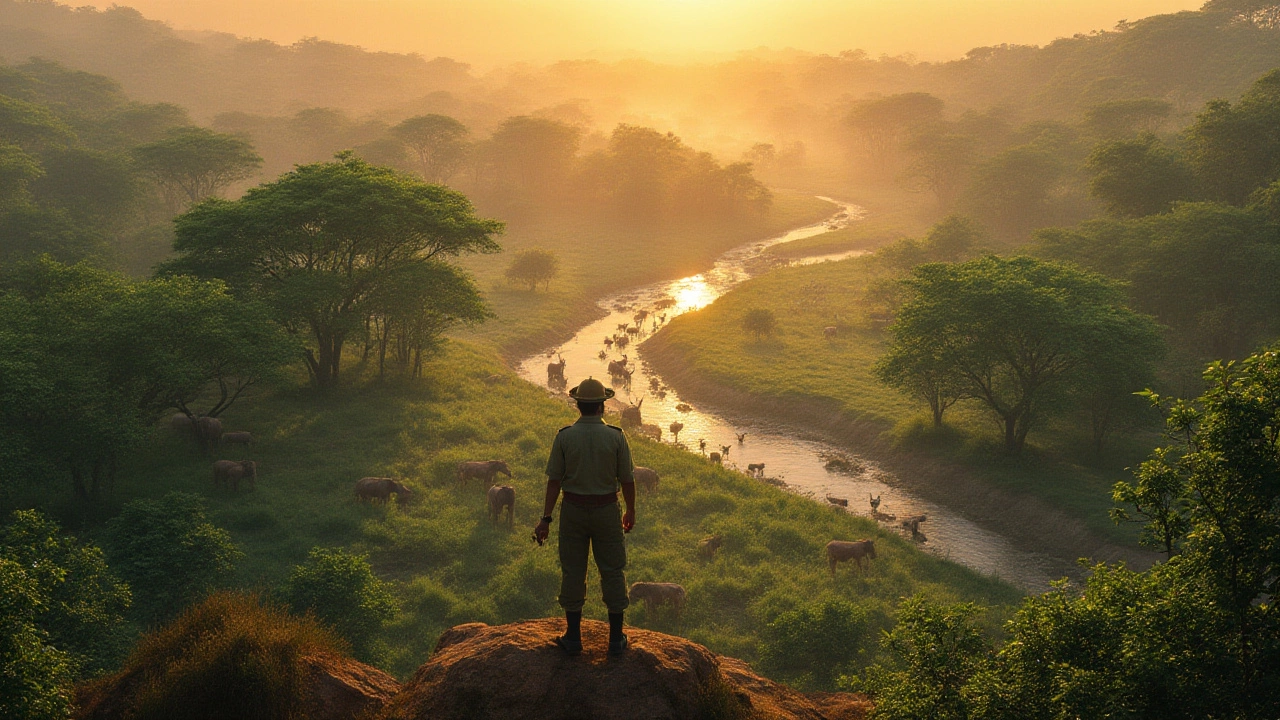
Curious which Indian state leads with the most wildlife sanctuaries? Here’s a deep dive into where nature thrives and tips for making your wildest travel plans a reality.
When exploring biodiversity, the variety of life across ecosystems, species and genetic makeup found in a region. Also known as biological diversity, it shapes the landscape, culture, and adventure possibilities for visitors. Understanding biodiversity helps you spot why a mangrove forest feels different from a Himalayan meadow, or why a coastal beach teems with turtles while a desert hosts resilient shrubs. In India, the term covers everything from the lush Western Ghats rainforests to the arid salt flats of Rajasthan, each supporting unique life forms and local customs.
One cornerstone of biodiversity is the wildlife sanctuary, a legally protected area where native fauna can thrive without harmful human interference. These sanctuaries act as safe havens for endangered species like the Bengal tiger, Asian elephant, and the elusive snow leopard. Another essential piece is the ecosystem, the complex network of plants, animals, microorganisms and physical environment that interact as a functional unit. Whether it’s the coral reefs of the Lakshadweep islands or the temperate forests of the Nilgiris, each ecosystem offers distinct experiences for travelers and crucial services for local communities. Endemic species—plants or animals found nowhere else—add another layer of intrigue. The Western Ghats alone house over 7,000 flowering plants, many of which are endemic, making the region a hotspot for botanists and hikers alike. Protecting these unique organisms often requires conservation efforts, organized actions like habitat restoration, anti‑poaching patrols and community education programs. These initiatives not only safeguard biodiversity but also support sustainable tourism, giving visitors a chance to witness conservation in action. The relationships are clear: biodiversity encompasses ecosystems, which in turn depend on protected areas and effective conservation to thrive. Travelers who respect these connections—by following sanctuary guidelines, supporting local eco‑friendly businesses, and learning about endemic species—play a part in keeping India’s natural tapestry vibrant.
Below you’ll find a curated list of articles that dive deeper into related topics such as wildlife sanctuaries, regional safety, heritage sites, and practical travel tips. Each piece adds a piece to the puzzle, helping you plan trips that celebrate and protect India’s remarkable biodiversity while enjoying its cultural and scenic wonders.

Curious which Indian state leads with the most wildlife sanctuaries? Here’s a deep dive into where nature thrives and tips for making your wildest travel plans a reality.